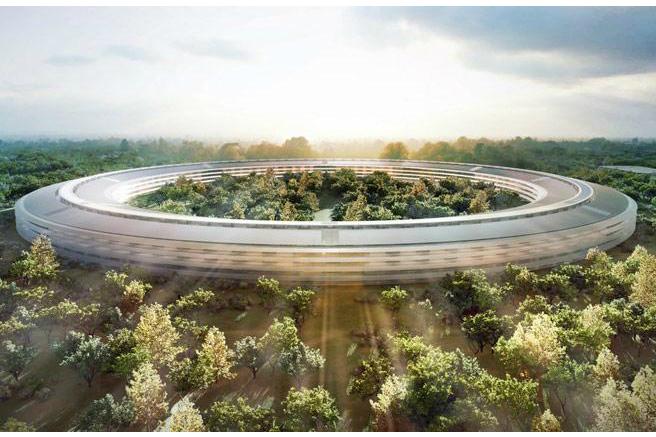
Following a meeting earlier this week of local community members to discuss Apple’s proposed ‘spaceship’ campus, the Cupertino Planning Commission approved the company’s plans, paving the way for a council vote on the project later this month.
Local news media said residents, former elected officials, and members of the business community were keen to make their feelings known to council members about the proposed campus, with few, if anyone, speaking against it.
‘Excitement and enthusiasm’
“When individuals took to the microphone, they didn’t hold back in their excitement and enthusiasm for the project,” the Mercury News reported. Concerns mostly centered on traffic flow around the campus, understandable when you consider the site will have enough space for about 14,000 workers.
Should Apple get the green light to proceed with the project, construction on the futuristic-looking facility, complete with its striking circular solar panel-covered roof, should begin some time next year.
The 176-acre site in Cupertino will include office space across four floors, a research and development facility, fitness centers, a “striking” cafe (think Apple-store-with-food), jogging paths snaking through grounds holding 6,200 trees, and a 1,000-seat underground auditorium where Tim Cook and his team will unveil future iterations of the iWatch, and possibly the first Retina-equipped iPad Mini (though surely they’ll have that sorted out before the campus opens in about three years’ time).
‘A serene and secure environment’
The campus – designed by prominent British architect Sir Norman Foster – will provide workers with “a serene and secure environment reflecting the tech giant’s values of innovation, ease of use and beauty”, Apple said in its proposals, with facilities that minimize energy demand, reduce car travel and increase the use of reclaimed water.
In what turned out to be his final public appearance, Steve Jobs personally pitched the idea for the campus to the Cupertino City Council in June 2011. He told the panel he wanted to create a new base for the tech giant that would be “the best office in the world.”
Since Apple first unveiled its ambitious Campus 2 plans in 2011, other giants of the tech and Web industry have come up with similarly grand proposals for new offices. Facebook has plans for a stunning new campus in Silicon Valley designed by internationally acclaimed architect Frank Gehry, while Amazon wants to build a biosphere-like campus in downtown Seattle.
Google, too, will soon start work on a new UK headquarters in central London. The so-called ‘groundscraper’ will include a rooftop swimming pool and running track, as well as a climbing wall that extends between floors.
[via Cnet]


